NIH PREDOCTORAL TRAINING PROGRAM IN THE BIOLOGY
AND BIOTECHNOLOGY OF CELL AND GENE THERAPY
Cell and gene therapies have emerged as highly promising and potentially transformative
treatment modalities with the potential to benefit patients for years or even decades following
a single administration. This complex field has been rapidly expanding at all levels of research,
from basic elucidation of enabling biological mechanisms, to harnessing this knowledge to develop new
technologies, to industrial translation of those technologies towards therapies. The goal of this Biology
and Biotechnology of Cell and Gene Therapy training program is to provide supportive and diverse
interdisciplinary training opportunities in these rapidly evolving fields.
Program participants work at the interface of biology and engineering, preparing them
to be leaders in academia and industry. A three-month industrial internship
experience is a key facet of this program.
David Schaffer, PhD

Program Director
Hubbard Howe Jr. Distinguished Professor in Biochemical Engineering,
Director, California Institute for Quantitative Biosciences (QB3-Berkeley)
Dirk Hockemeyer, PhD
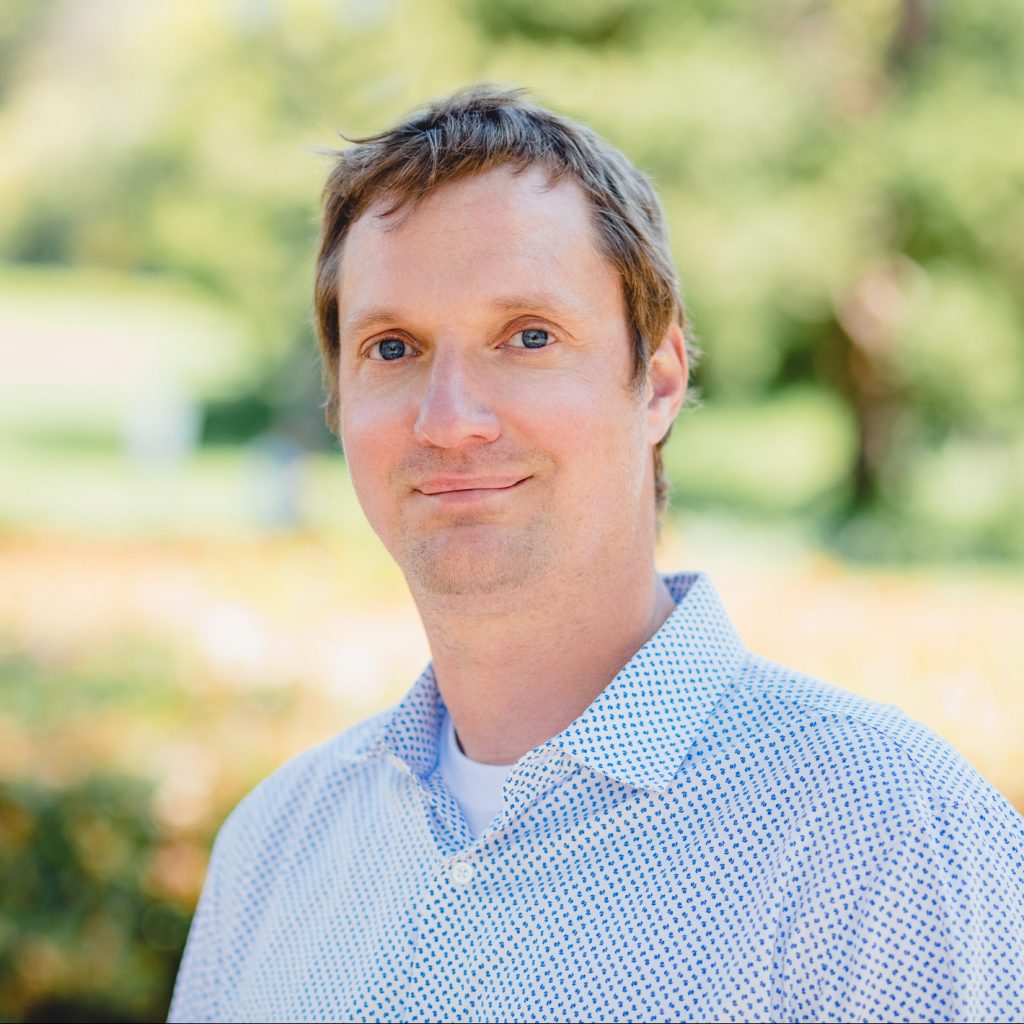
Program Co-Director
Associate Professor of Cell and Developmental Biology
Chan Zuckerberg Biohub Investigator
Director, Berkeley Stem Cell Center
2024-25 Biology and Biotechnology of Cell and Gene Therapy Fellows
Etchi Ako

Many studies have reported that individuals with autism spectrum disorder (ASD) have deficits in their ability to sense motion. Motion detection is initiated in the retina, by a population of cells called direction-selective ganglion cells. We hypothesize that disruptions in the retinal circuitry contribute to the observed deficits in motion detection in ASD. The long term goal of my project is to investigate how genes associated with ASD impact the development of neural circuits. These experiments could potentially provide insight into the retinal basis of vision problems associated with ASD and provide an understanding of how the sensory periphery contributes to developmental deficits.
Malia Brooks

Astrocytes play crucial roles in nervous system function, but our understanding of astrocyte-neuron communication remains incomplete. While their passive roles in ion buffering, neurotransmitter handling, metabolic regulation, and microvasculature control are well-known, recent findings have revealed their role in regulating synaptic activity, neuromodulation, and neurogenesis. To study glia interactions more comprehensively, the Clark Lab and collaborators developed SPEAC-seq, a droplet-based platform for CRISPR screens on cell pairs. This tool was used to investigate glial activation pathways in a model of multiple sclerosis, revealing a regulatory mechanism where microglial-derived amphiregulin suppresses astrocyte NF-kB activation. Building on these findings, my research will focus on developing microfluidics-based techniques for high-throughput screening of iPSC-derived neural cultures in semi-permeable hydrogel capsules, aiming to further elucidate the complex interactions between astrocytes and neurons.
Renee Butler

Neurogenesis is the process in which neural stem cells or progenitor cells differentiate and mature into various neuronal cell types. This process is regulated by dynamic changes in chromatin state and gene expression, often correlated with epigenetic modifications such as acetylation. The balance between acetylation and deacetylation is finely tuned, and misregulation is associated with various developmental defects and neurological diseases. Although histone acetylation status is a well-studied epigenetic modification in neurogenesis, there are still many unanswered questions about the mechanisms and impact of non-histone chromatin acetylation. By investigating the role of histone deacetylases (HDACs) in human neurogenesis, I hope to shed light on the regulation of chromatin protein acetylation. Understanding these mechanisms in neurogenesis will further our knowledge of HDAC roles in development and neurodegenerative diseases, potentially paving the way for the next generation of molecular therapeutics.
Beatrice Le

Inherited retinal degeneration affects millions of people worldwide, often leading to blindness due to the severe degeneration of rod and cone photoreceptors. However, other retinal neurons such as AII-amacrine and retinal ganglion cells remain intact, making them potential targets for restoring light sensitivity. My project aims to advance optogenetic therapies by moving optogenetic proteins ‘upstream’ from the retinal ganglion cells to a subclass of amacrine cells involved in both rod- and cone-driven circuits: the AII-amacrine cells. With this strategy, I will evaluate the therapeutic potential of several novel, engineered channelrhodopsin isoforms with greatly enhanced light sensitivity and kinetics. Furthermore, I will develop AAV-based optogenetic gene therapies to target AII-amacrine cells with these isoforms to restore complex retinal computations.
Alan Nisanov
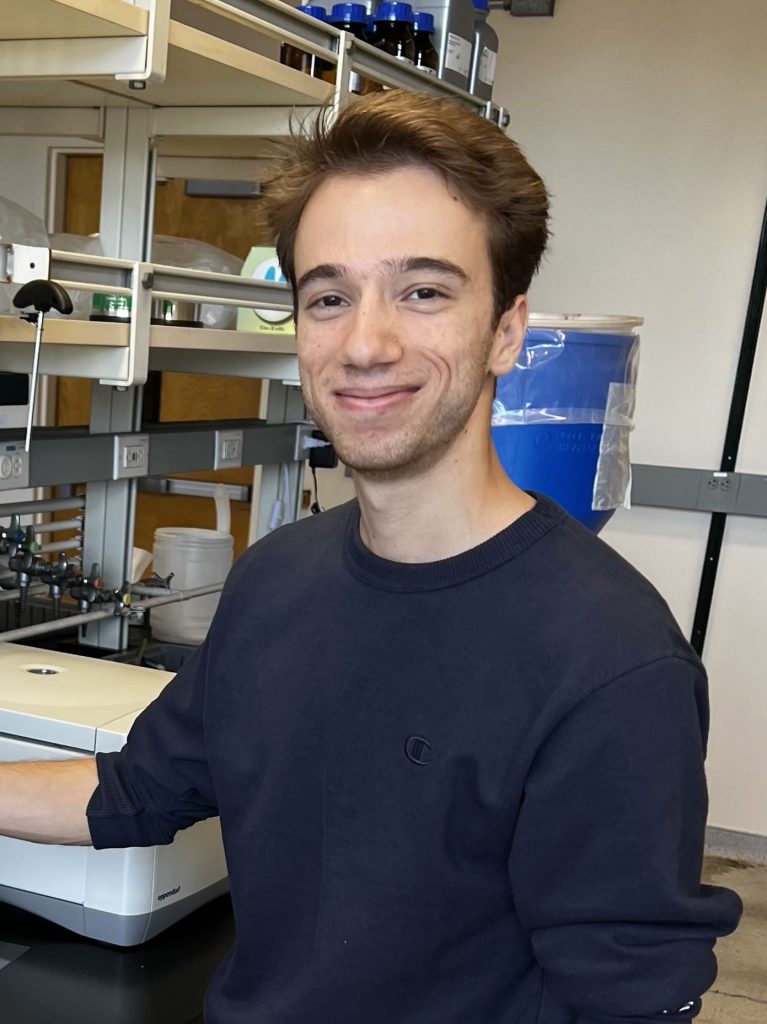
Astrocytes, recognized by their distinct star-shaped form, are a type of glial cell found in the brain and spinal cord. These cells play pivotal roles in the central nervous system, such as maintaining homeostasis, ensuring the integrity of the blood-brain barrier, and modulating synaptic activity. Notably, when astrocytes malfunction, they can significantly contribute to neurodegeneration leading to neurological conditions and diseases. One promising therapeutic approach is the genetic manipulation of these dysfunctional astrocytes, however, current gene delivery methods present challenges such as low transduction efficiencies and inadequate specificity. My work aims to engineer adeno-associated virus variants tailored to target and efficiently express in astrocytes. Successful implementation of this approach could revolutionize treatments for neurodegenerative diseases, paving the way for more targeted and effective therapies.
Sarah Palm

One ongoing challenge in gene therapy is achieving safe and effective transgene addition to the human genome. Precise RNA-mediated Insertion of Transgenes (PRINT) is a recently developed genome-engineering method with potential to fill this niche by exploiting a non-LTR retrotransposon for human genome supplementation. This strategy leverages R2 retrotransposon proteins for site-specific transgene delivery to a safe-harbor locus in human cells dependent solely on the delivery of in vitro-transcribed RNA. While PRINT shows early promise, mechanisms of R2 gene insertion and expression remain poorly understood. For example, relatively little is known about the RNA processing and translation initiation events vital to the life cycle of an active R2 retrotransposon. My project will focus on investigating processes evolved in R2 retrotransposons and applying my findings to the improvement of PRINT, with the goal of expanding the utility of introduced transgene expression as a therapeutic rescue for loss-of-function disease.
Yvonne Rong
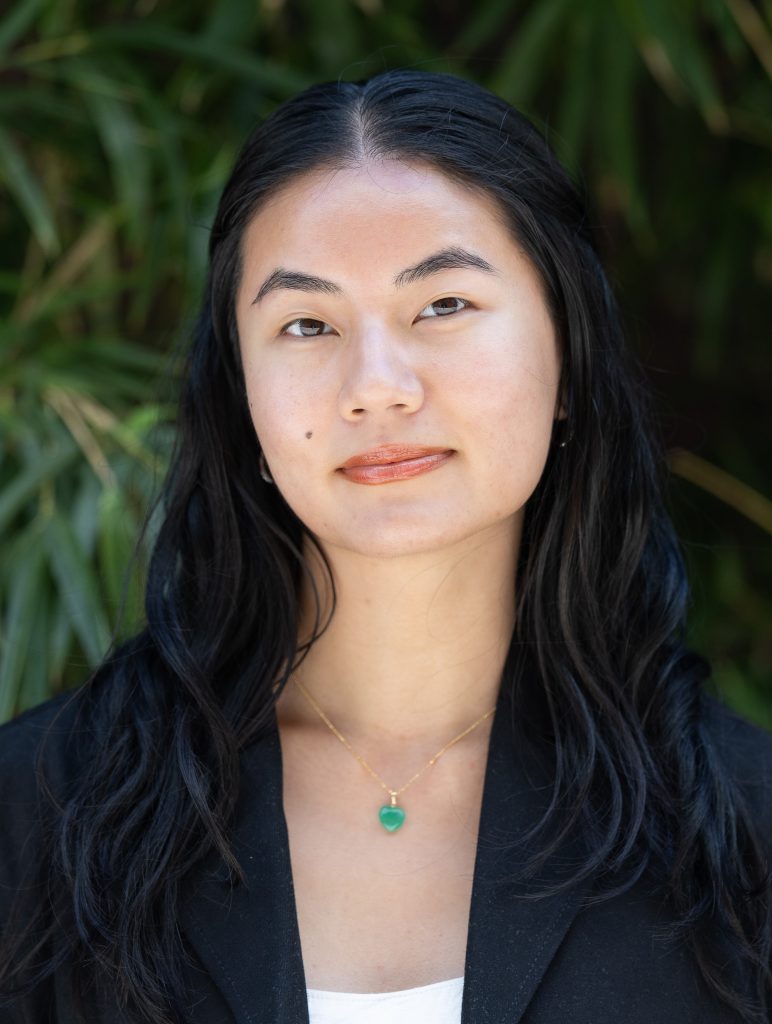
Individuals affected by severe combined immunodeficiency (SCID) fail to develop T cells and consequently lack a functional adaptive immune response, rendering them highly susceptible to serious infections. The discovery of unknown genes or mutations that could cause SCID would help expand the therapeutic approaches and improve genetic diagnoses. I am conducting a CRISPR knock-out screen in hematopoietic stem cells using guide RNA lentiviral infection with Cas9 protein electroporation. The lab has also developed single nucleotide variant CRISPR knock-in screens in human T cells to predict pathologic mutations in one exon of IL2RG, a gene known to cause X-linked SCID when mutated, and I will extend this approach to the remaining exons.In conjunction with identifying gene editing targets, I will investigate and determine the best CRISPR editing approach for exon repair starting with IL2RG. This research aims to address key barriers to diagnosing and treating SCID through the prediction of disease-causing mutations and high-efficiency mutation correction for gene-edited cell therapy.
Iyla Rossi

Non-mammalian and non-model organisms, like coral, remain poorly understood due to a lack of tools for studying their stem cells and biology. For example, coral stem cells are hypothesized but unidentified, and long-term culture systems are unavailable. My project aims to develop a microfluidic tool for high-throughput analysis of these organisms, enabling cell sorting, stem cell identification, and the creation of long-term culture systems. Additionally, this project aims to investigate coral stem cells, culture conditions, and gene-edited coral for environmental tolerance with the application of this new tool. By leveraging microfluidic and genetic tools, this project seeks to advance the understanding of stem cell biology in non-mammalian and non-model systems that are critical to humanity. In this way, we will open new avenues for both marine and human regenerative medicine.
Biology and Biotechnology of Cell and Gene Therapy Training Program Alumni
Jesse Dunnack

Stephanie Eberly

Hannah Karp
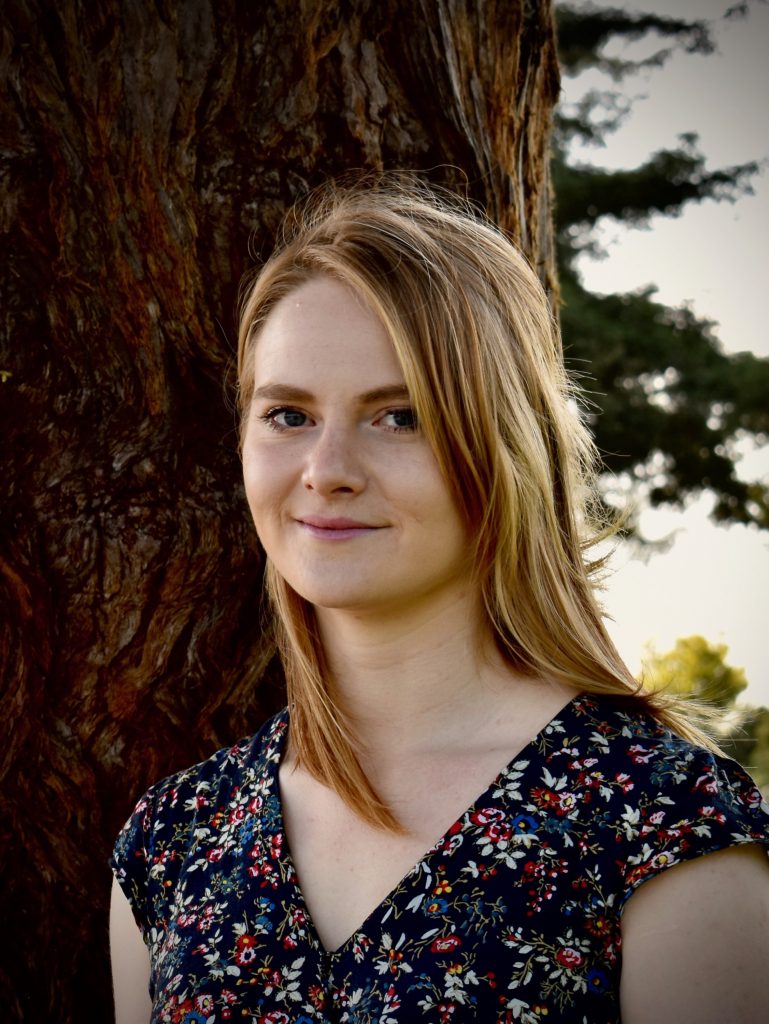
Nicholas Perry

Nancy
Hernandez Villegas
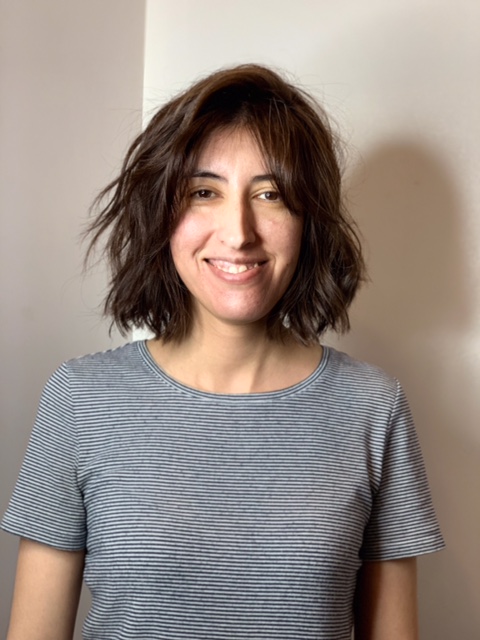
Shayan
Hosseinzadeh
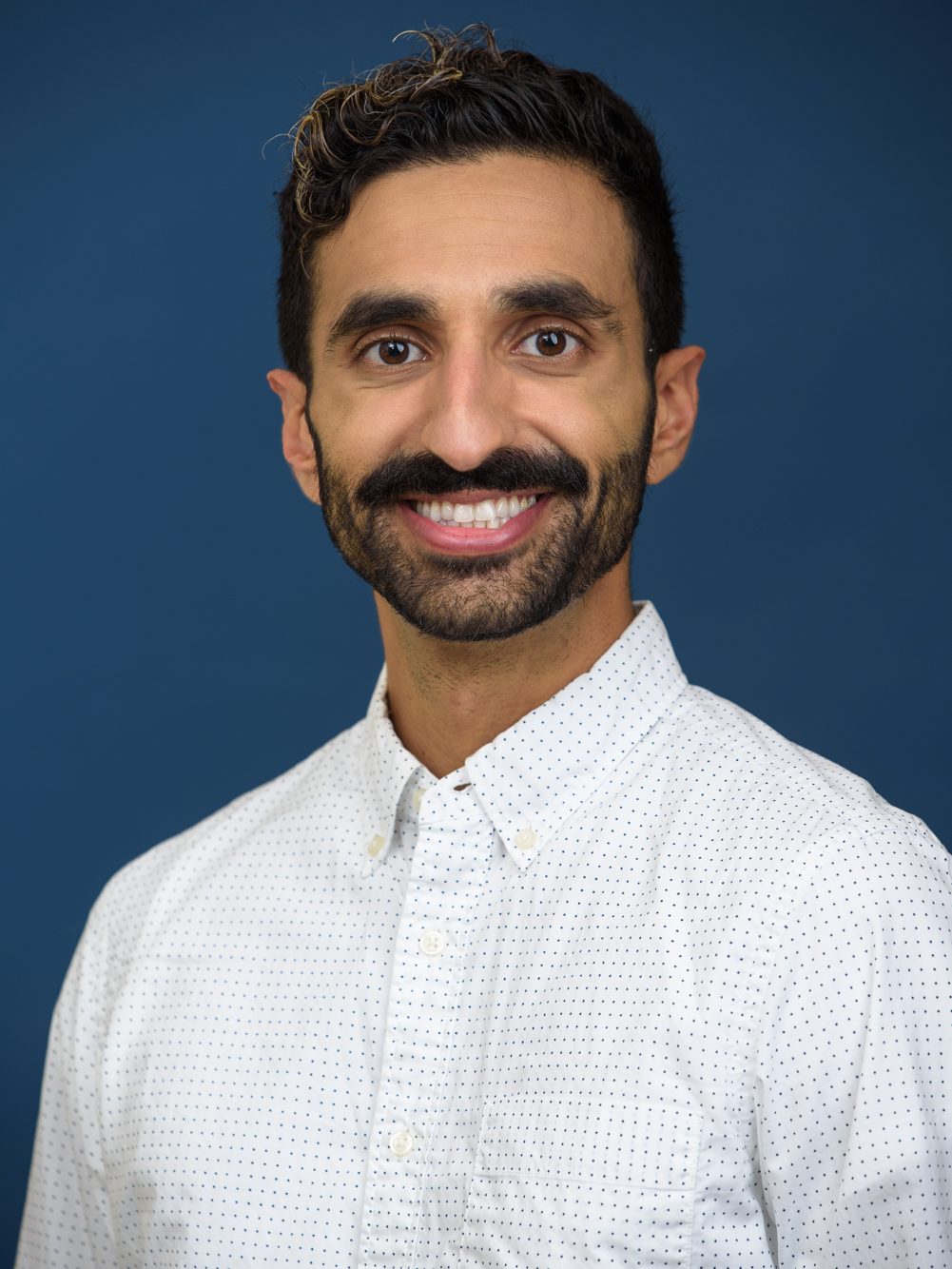
Alexander
Ehrenberg

Matthew
Rosenwasser

Lordean Gustinvil

Joey McKenna

Sydney Oraskovich
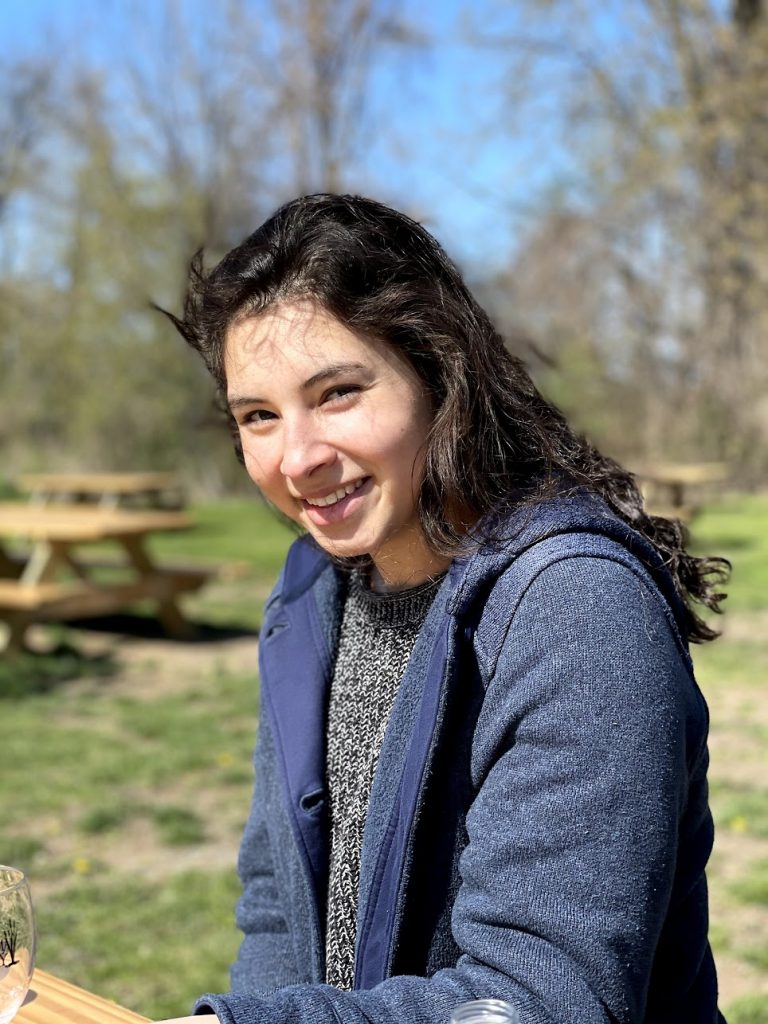
Jessica Ortiz

Anna Weldy
